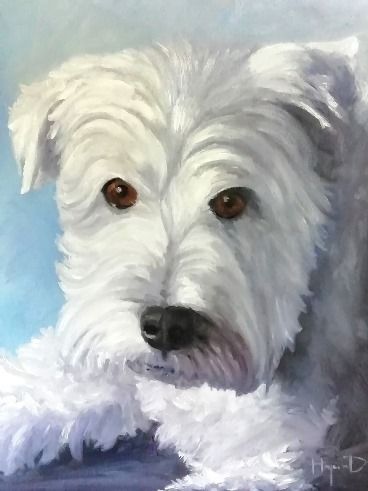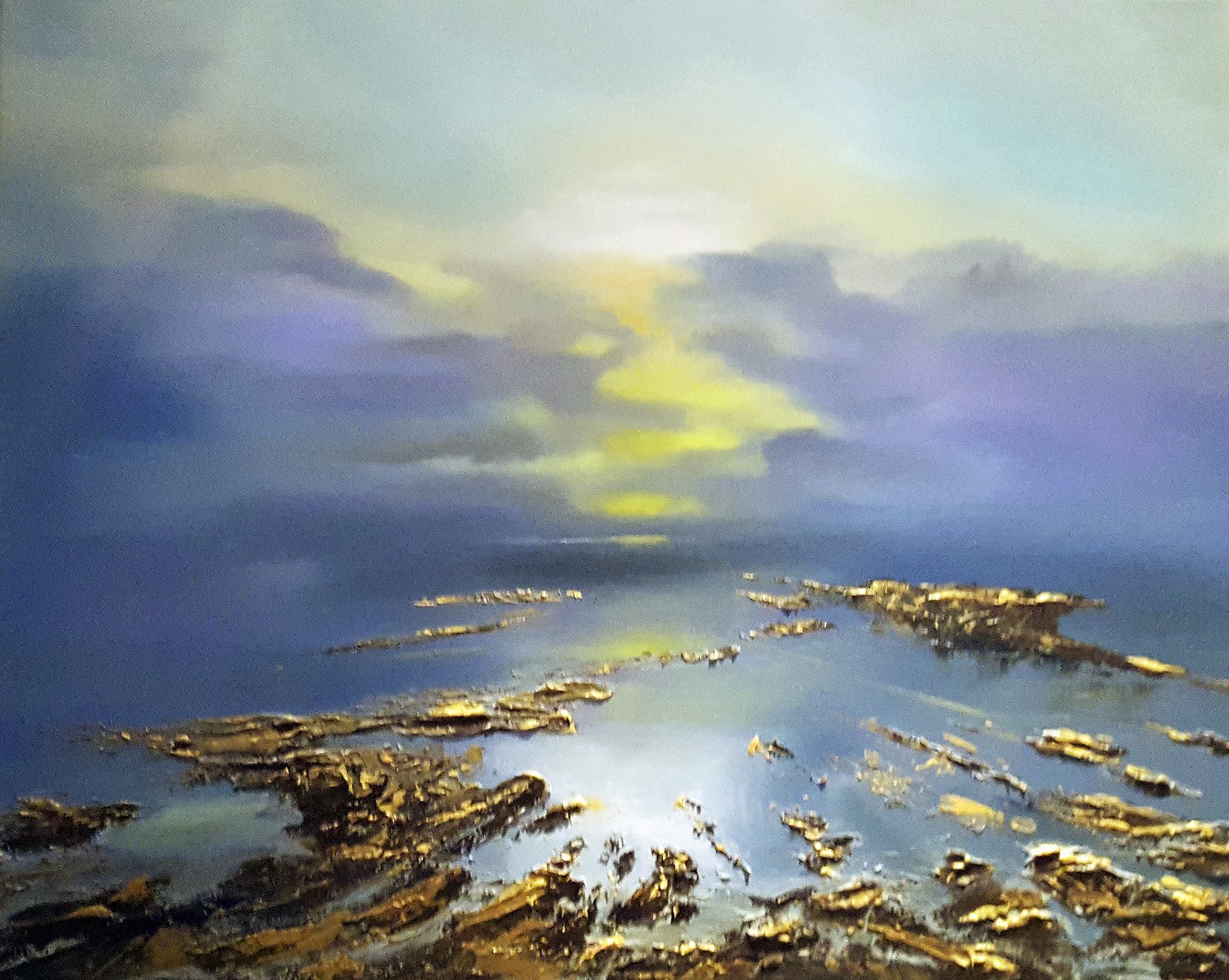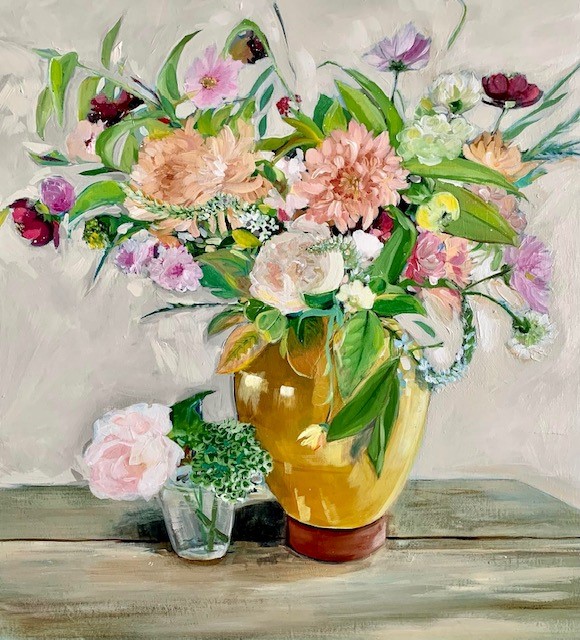
The following article describes the process of commissioning a pet portrait, the procedure involved, and the surprisingly simple task of photographing your beloved pet.
As both a figurative and pet portrait artist, I spend a considerable amount of time studying subject composition well before approaching the easel, or even beginning a pencil study. Unless working from life, the vast majority of pet portraits are based on good reference material, so the first priority is to source a suitable photograph of the pet. (A modern camera phone is normally all that’s required, coupled with a steady hand and an obedient pet!) The subject in question for my latest commission was a very cute (and apparently rather lazy) west highland terrier, named Max. A small number of photographs were taken by the owner, although on this occasion it was decided to pause a short video my client had made, which captured his expression better than the photographs. Initial options were discussed as to the best format, of which the face was to be the focal point; my client was on a budget and had limited wall space so we opted for a 12 x 14 inch painting. As the pet was lying prone during the video, it was also decided to include a portion of his front legs which suggested his favourite pose. The subtle shape of the triangular floor space would also serve to lead the eye up toward the subject’s endearing gaze.
As with any oil painting, the colour and style of the background can vary dramatically, from simple hues and tones through to a complex abstract design. On this occasion, it was decided to use light blue tones with a hint of purple, which would lift the white color of the subject from the background tone. A monotone acrylic underpainting was applied to the canvas to establish shade and contrast, before building up the values in artist’s oil color. At this point, it’s important to regularly step away from the canvas to ensure correct composition and subject likeness. Many pets have distinguishing features that it’s important to establish; in the case of Max, dominant curls of hair sweeping over his longing brown eyes. Using my regular technique of impasto painting during the final layer, the animal’s hair was suggested using bold brushstrokes of pure oil paint. On completion of the painting, a photograph was taken before being digitally approved; it’s at this point that any last minute additions or alterations can be applied. Once completed, the painting was then left to dry, before being packaged and shipped to Ireland.

I’m often asked the best way to photograph a cat or dog for a painting, and it’s relatively straight forward. Wherever possible try to use natural daylight – window light is perfect and will cast a variety of shadows on the pets remaining angles. If photographing outside, try experimenting at different times of day; afternoon sunlight can create strong, vibrant shadows that will fall on and around the subject.
If you are considering commissioning a pet portrait, you may find the following points useful:
- Format – Both square and portrait formats work well with pets, depending on the pose and subject;
- Medium – Artists oils are excellent for suggesting texture/fur, although acrylics and watercolour are also popular mediums;
- Size – It doesn’t have to be large to be effective; a small painting mounted in an attractive frame is perfect for smaller rooms.
If you would like to commission a pet portrait, feel free to contact Mark Haywood. View his gallery for more figurative paintings.


